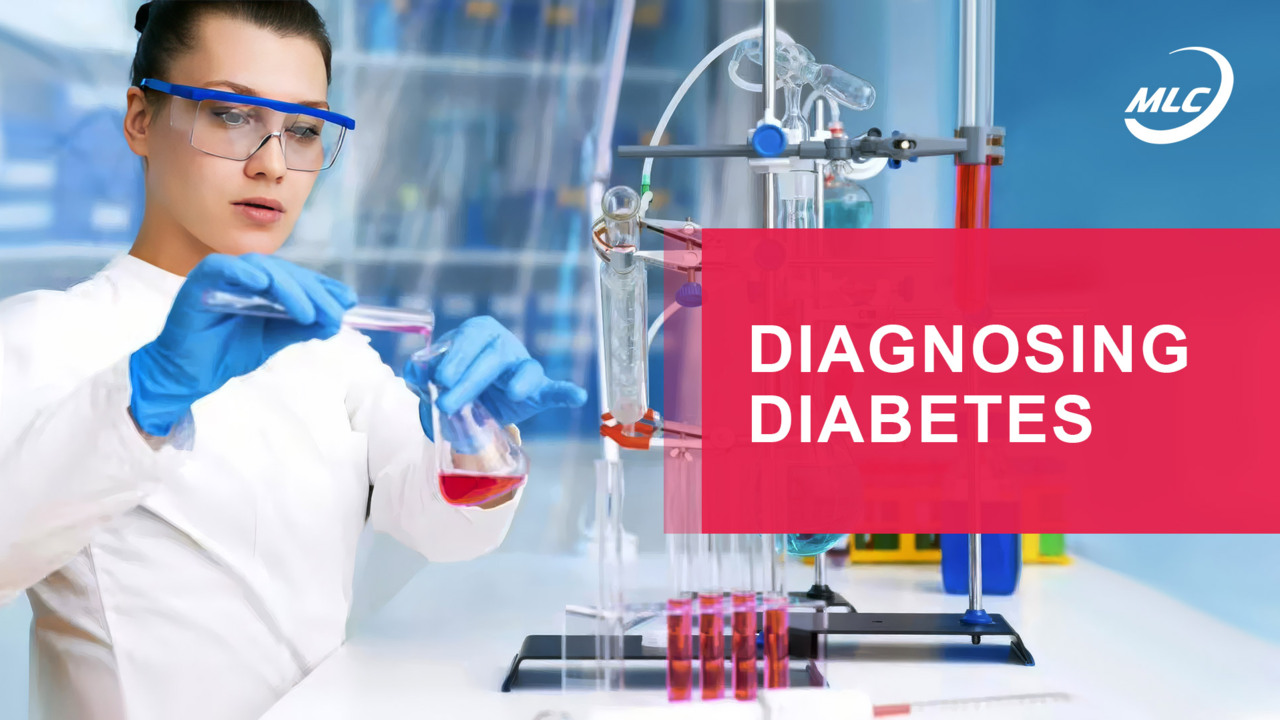With the diagnosed diabetes, blood glucose levels are above normal.
Its early detection plays a key role, making it possible to start treatment in time, thus preventing possible complications.
There are two main types of diabetes: type one and type two. Type one is more common in children and young adults, whereas type two is more commonly developed by adults.
Tests used to diagnose diabetes:
1. Blood glucose test. The most common and quickest test for measuring blood glucose levels, which is done on an empty stomach or after a meal. A fasting glucose level above 7 mmol/L may indicate diabetes.
2. Glycated hemoglobin (HbA1c) test. The analysis determines an average blood glucose level over the past 2-3 months. A reading of HbA1c above 6.5% indicates diabetes.
3. Glucose tolerance testing. First of all, the fasting blood glucose level is measured, then sweet liquid is drunk, and after two hours the glucose level is measured again. A reading above 11.1 mmol/L indicates diabetes.
4. Urinalysis. The test is performed to detect sugar and ketones in urine. The presence of sugar in urine can be a sign of diabetes.
Timely diagnosis and treatment help to better control blood glucose levels and prevent serious complications.
Early detection and proper management of the disease make it possible to live a full and active life.





